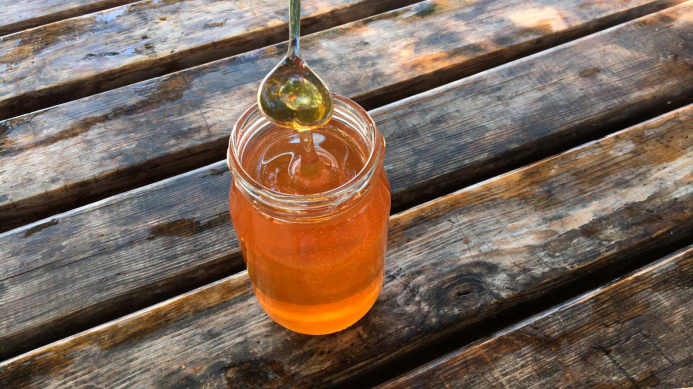On the trail of Anatolia's most delicious honey
25.07.2024 | 14:33 |Türkiye's rich and varied flora and fauna have greatly influenced the longstanding culinary traditions of Turkish cuisine. Anatolia's exceptional honey is available in a delightful array of flavours and hues, each reflecting its unique origin. This exquisite honey plays a pivotal role in renowned Turkish breakfasts and desserts. Moreover, the various destinations in Türkiye, which are famous for producing the finest honey, are not just hubs of culinary excellence but also offer unparalleled natural beauties and a wealth of historical and cultural heritage. Embarking along Türkiye's most picturesque honey trails promises an authentic and enriching experience for those who seek unique tastes, healing, and discoveries.
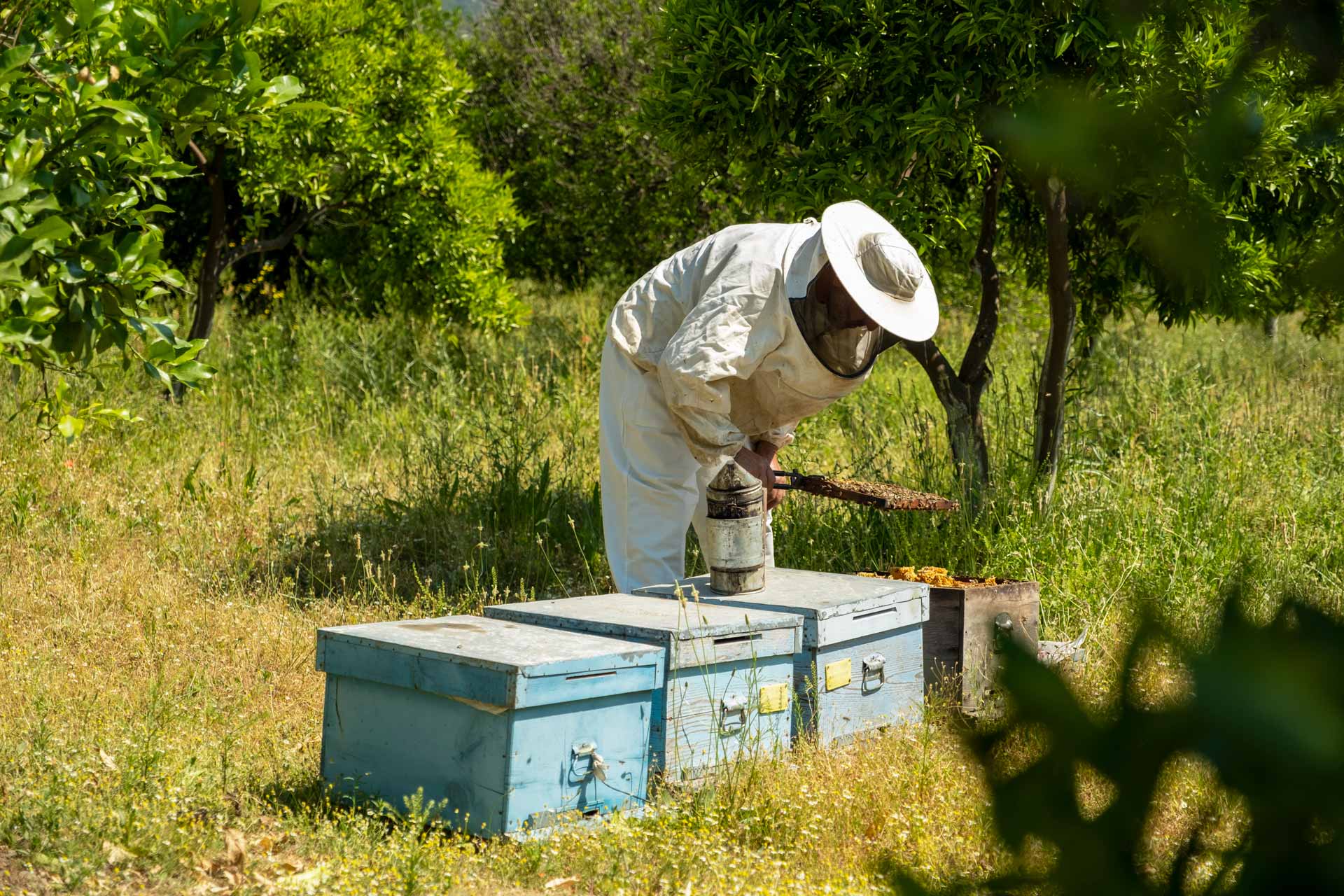
Datça: Thyme, Pine, and Almond Honey
The Datça Peninsula, at the confluence of the Aegean and Mediterranean seas, is notable for its pristine beaches and fresh air. Datça, located in Muğla province and scented with thyme and pine, is a peaceful holiday destination and a popular blue voyage destination in Türkiye. The olive and almond groves in the region provide the district with several gastronomic benefits, as do the area’s plentiful thyme plants and pine trees, both of which contribute to the unique regional kinds of honey. Thyme honey, one of the most well-known flower honeys in Datça and the surrounding area, is produced by bees collecting the essence of pure thyme grass flowers and is distinguished by its bright colour, thyme aroma, and astringent but sweet flavour. Pine honey has a darker hue and a more aromatic scent than flower honey. In addition, honey produced by bees collecting pollen from almond tree blossoms, which bloom in early spring, has a sweet, energetic fragrance, is light in colour, and is medium sweet.
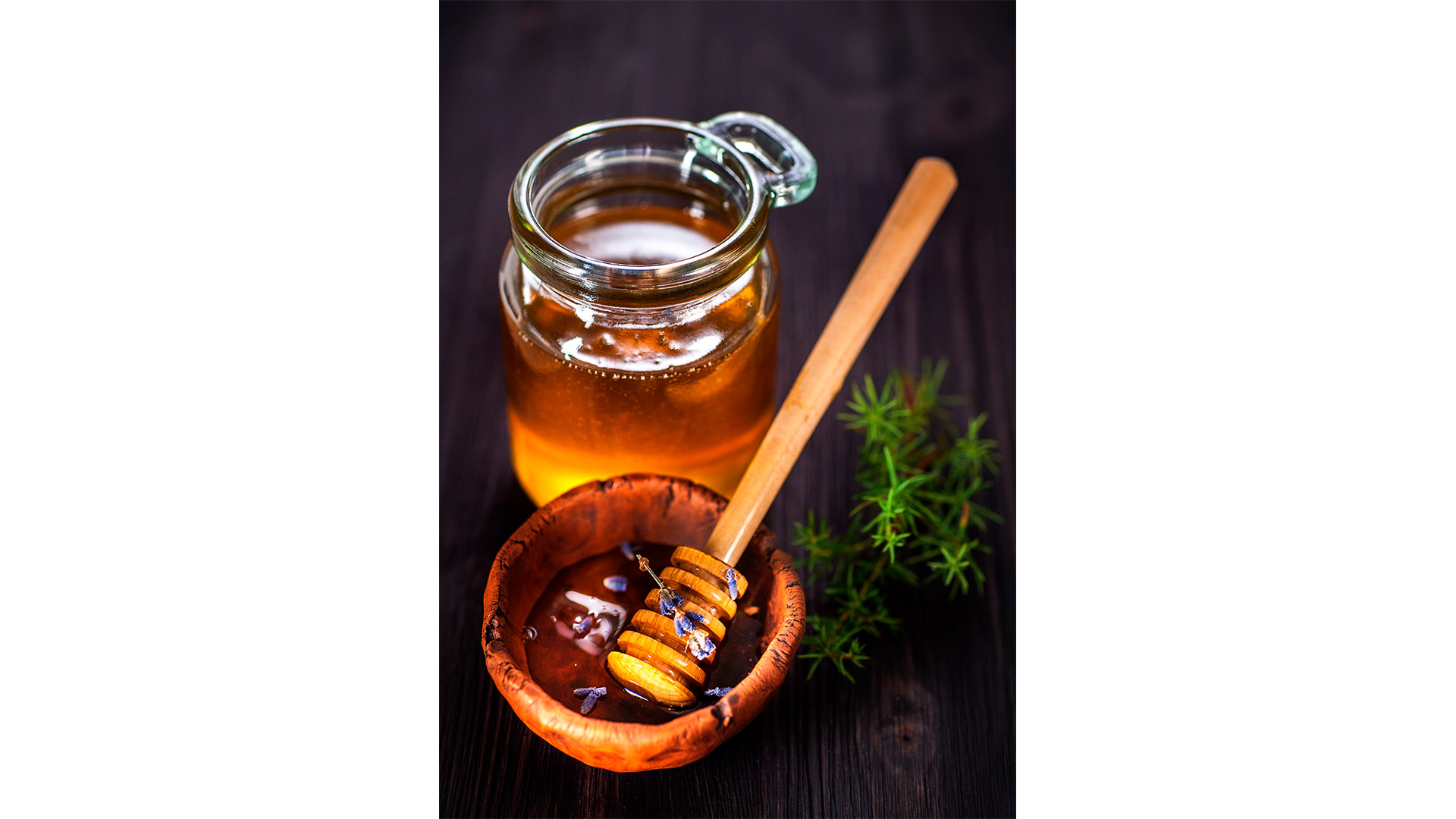
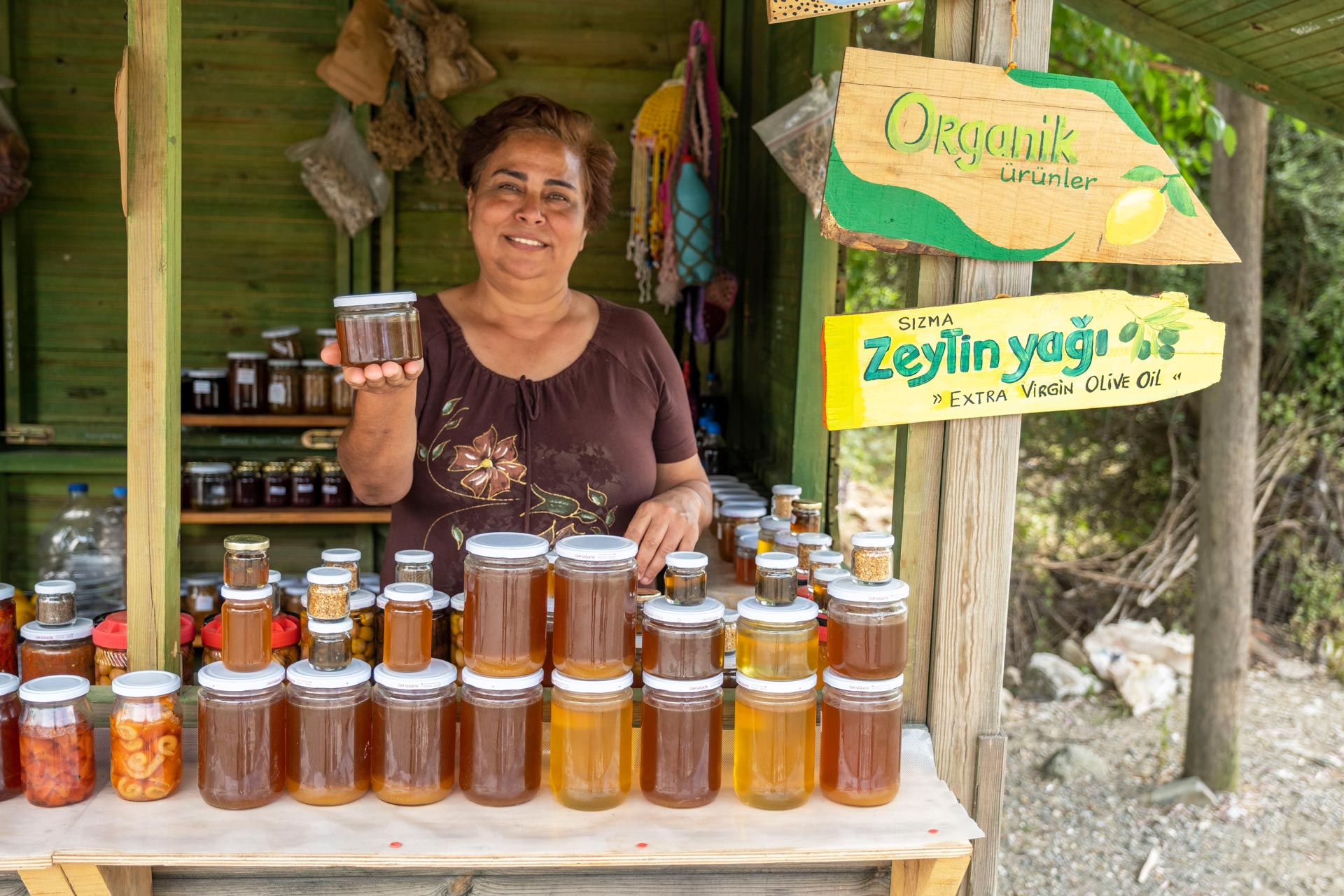
Don't miss: While in Datça, where you can swim in clear waters during the day, don't forget to watch the sunset over the Ancient City of Knidos at the peninsula's tip. Datça also offers a variety of culinary experiences, including delicious seafood paired with excellent Turkish wines.
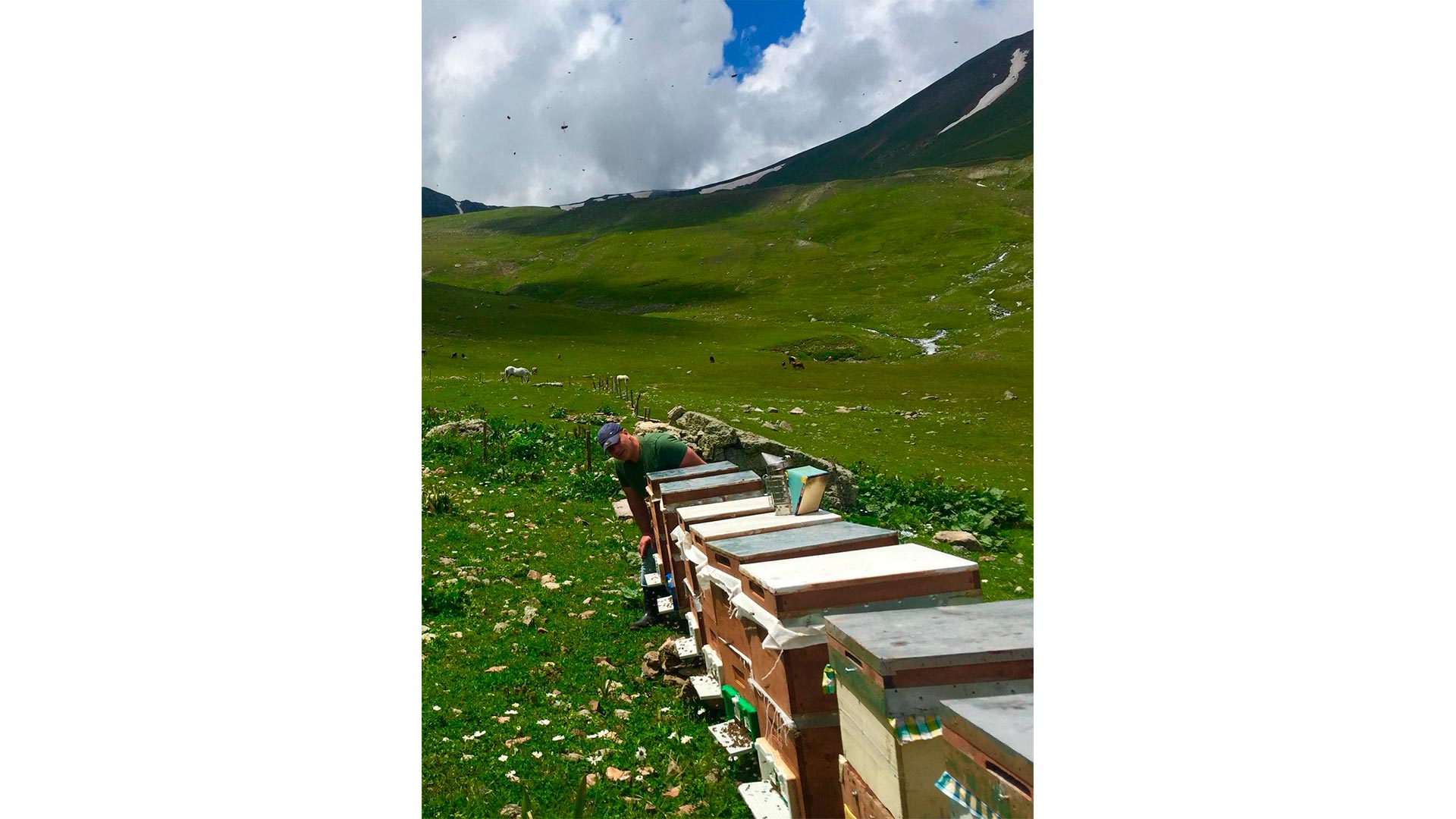
The marvellous honey of the Anzer Plateau
The Black Sea coast in northern Türkiye is a wonderland of blues and greens, with lush emerald plateaus crowning the peaks of hills and mountains. Rize, featuring a plethora of colourful hornbeam, linden, chestnut, and alder trees, is both Türkiye’s tea oasis and the home of the world-famous Anzer honey. Anzer honey is produced on the Anzer Plateau, at the foot of the Kaçkar Mountains and offers breathtaking nature walks and fresh air. Rising between 2,300 and 3,000 metres above sea level, the plateau contains abundant wildflower vegetation, and this diverse flora gives Anzer honey its distinctive flavour. Made by Caucasian bees who feed on pollen from more than 400 flower species – fifty to sixty of which are endemic to the region – Anzer honey is also registered with a geographical sign. From May to June, hives are placed on the plateau for Anzer honey, harvested in August.
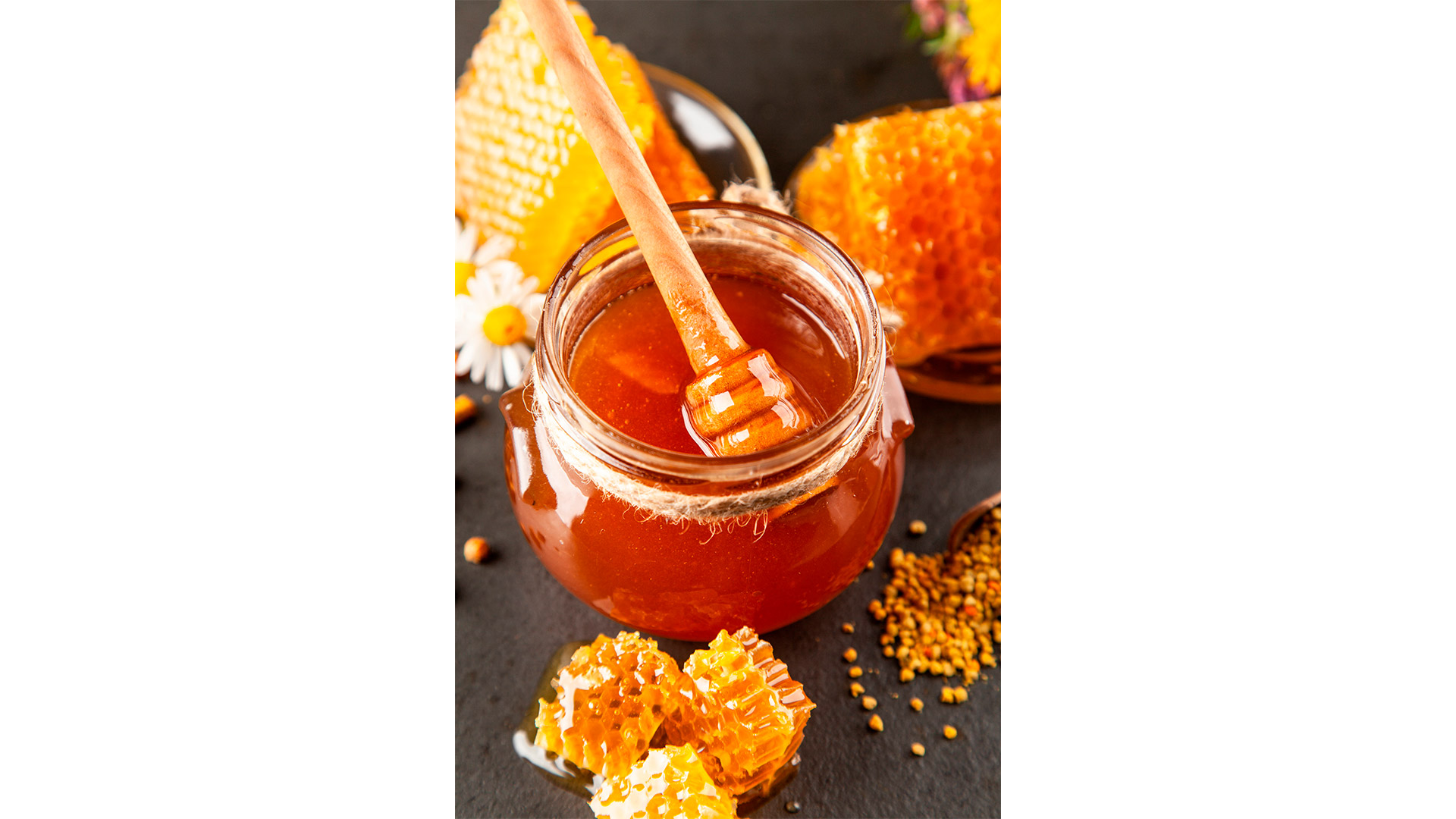
Don’t miss: Rize, a green paradise, offers authentic experiences such as enjoying breakfast on a lofty plateau, observing the tea harvest, rafting in Fırtına River, and watching the “horon”, the region’s folk dance.
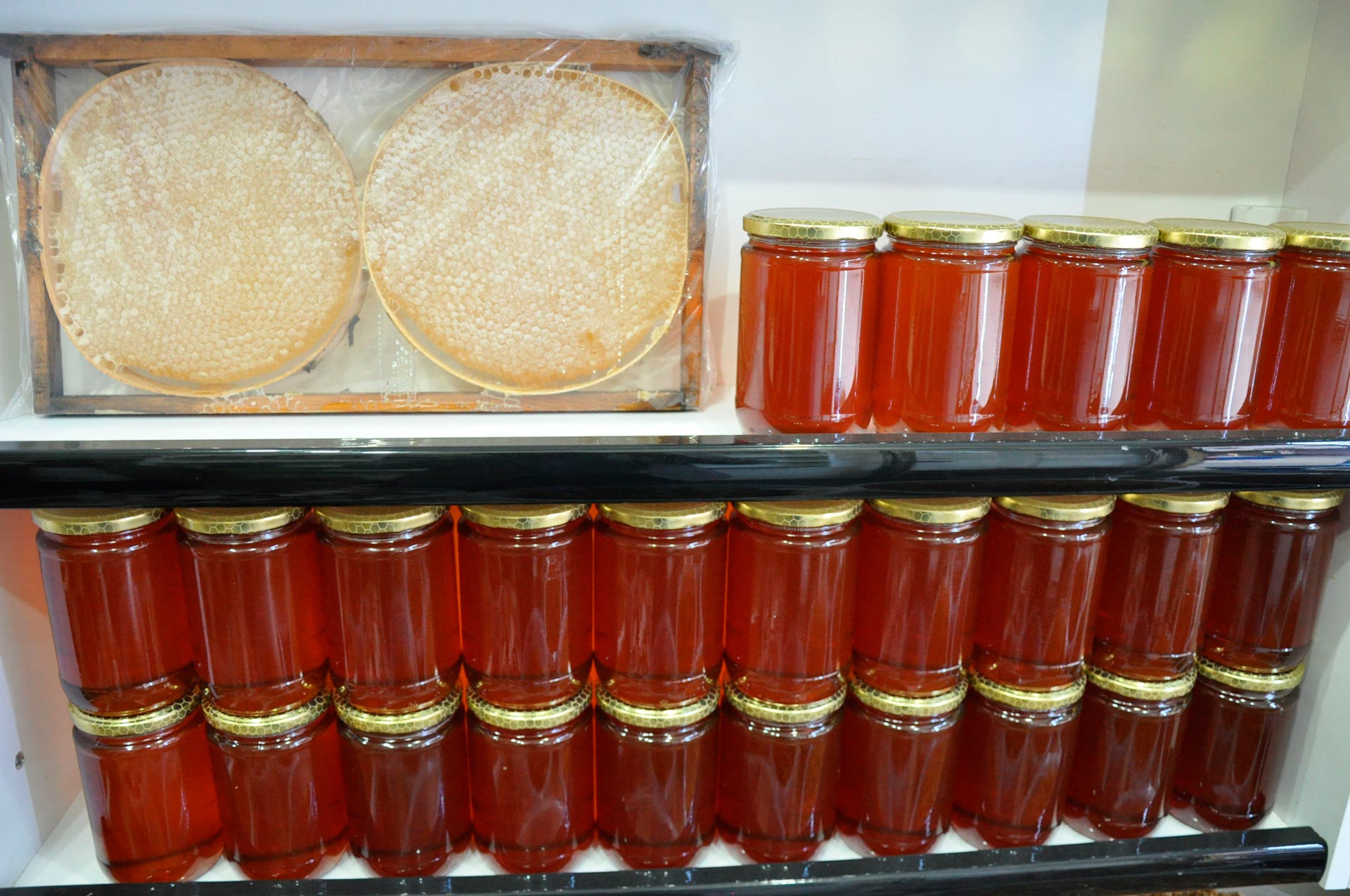
Erzurum Honeys with High Proline
Heading south from the Black Sea, you will come to Erzurum, one of Anatolia’s oldest settlements. This lovely city offers a fascinating blend of history and nature, surrounded by natural beauties such as Tortum Lake, Narman's Fairy Chimneys, and İspir Seven Lakes. In addition to its beautiful nature, the area is also a honey production centre, thanks to its elevated terrain and a plethora of endemic plant species. Karayazı and Palandöken are the districts that stand out in honey production: particularly prominent is the Palandöken honey, known as “Geven” honey because it is made from the wild liquorice plant, abundant in the region. The “Geven” and “Karayazı” honey, which contain high proline, are also essential ingredients in the delicious organic Erzurum breakfasts.

Don’t miss: There are breathtaking panoramic views from Erzurum’s Aziziye and Mecidiye Bastions, and the city’s historical sites, such as the Twin Minaret Madrasa (Çifte Minareli Medrese) and Three Tombs (Üç Kümbetler) are worth visiting. You can also sample local dishes like “cağ kebap” and “kadayıf dolma” (stuffed kadayıf).
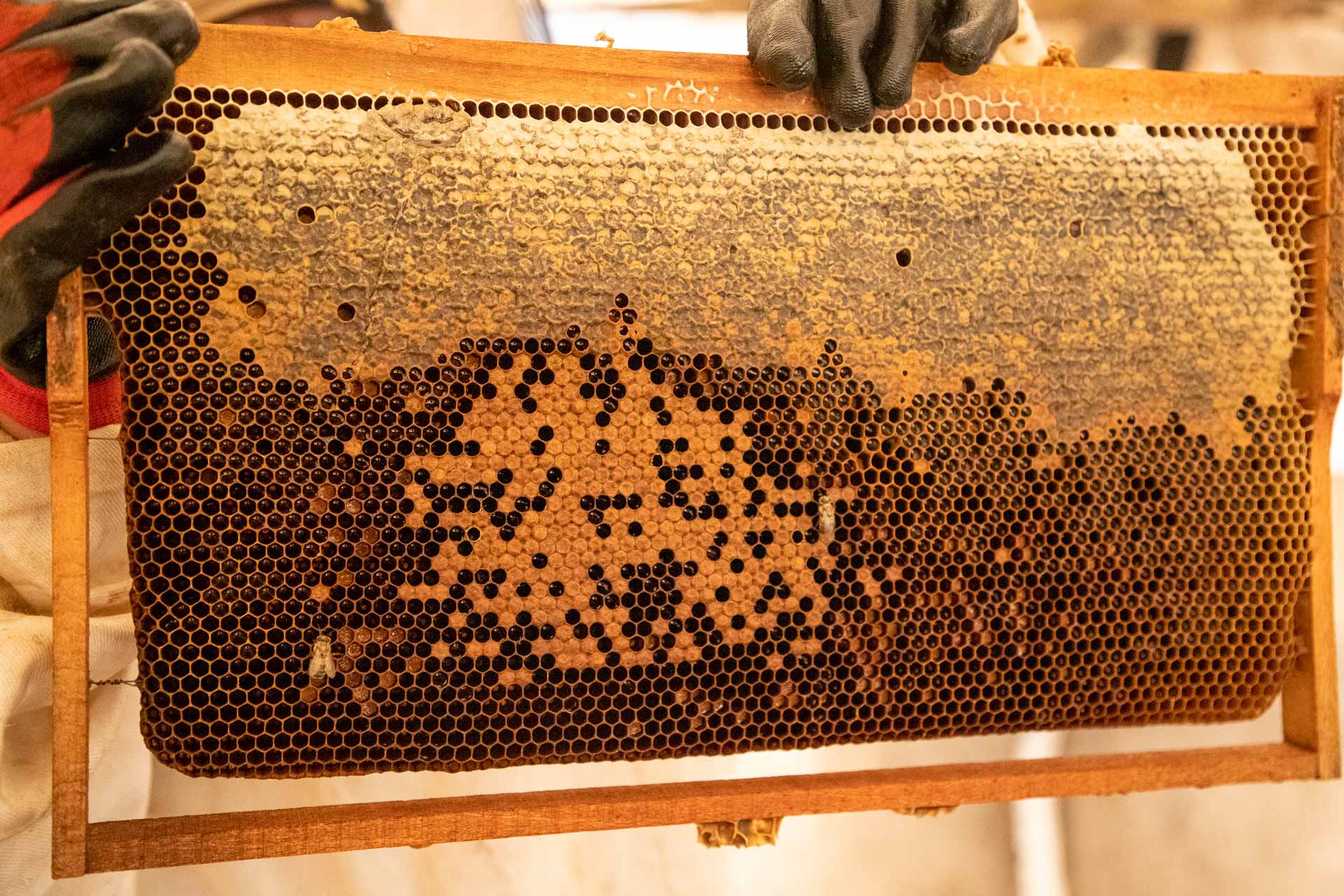
Flavour from Wildflowers: Kars Honey
Kars, the last stop on the touristic Eastern Express and Türkiye’s illustrious winter city is an oasis featuring more than 1,600 flowering plants, more than a hundred of which are endemic. For this reason, the area’s honey production dates back to antiquity. Kars honey, one of the city’s products with a geographical indication, is famous for its aroma, light colour, and flavour, redolent to thousands of wildflowers. Kars honey, produced with traditional methods passed down through generations, is a staple of the famous Kars breakfast; this meal is also typically graced by the excellent cheeses produced in the region. To discover the culinary richness of the city, you can visit the Kars Cheese Museum (Kars Peynir Müzesi), Türkiye’s first thematic Cheese Museum, which is set in the historical Süvari Bastion. You can also visit Boğatepe Village, a production centre for delicious cheeses and dairy products, and home to a small, charming cheese museum.
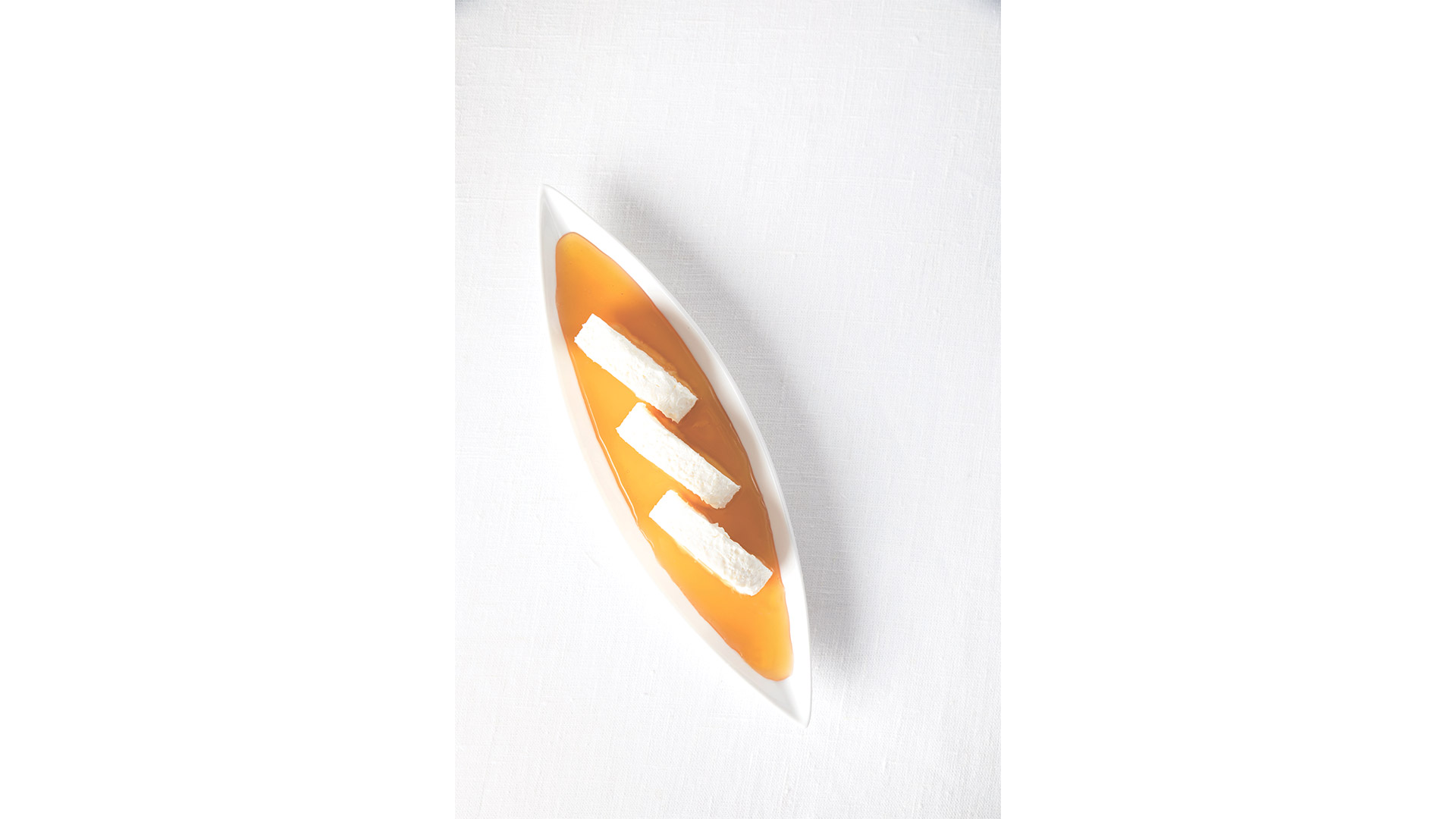
Don’t miss: Kars is near one of Türkiye’s most unique ancient cities, the UNESCO World Heritage Site of the Ancient City of Ani. The train ride to Kars is also spectacular, especially during the winter. While in Kars, you can observe the original Baltic-style structures and try the city’s signature dish, goose meat, often served with delicious Turkish wines and accompanied by local entertainment.
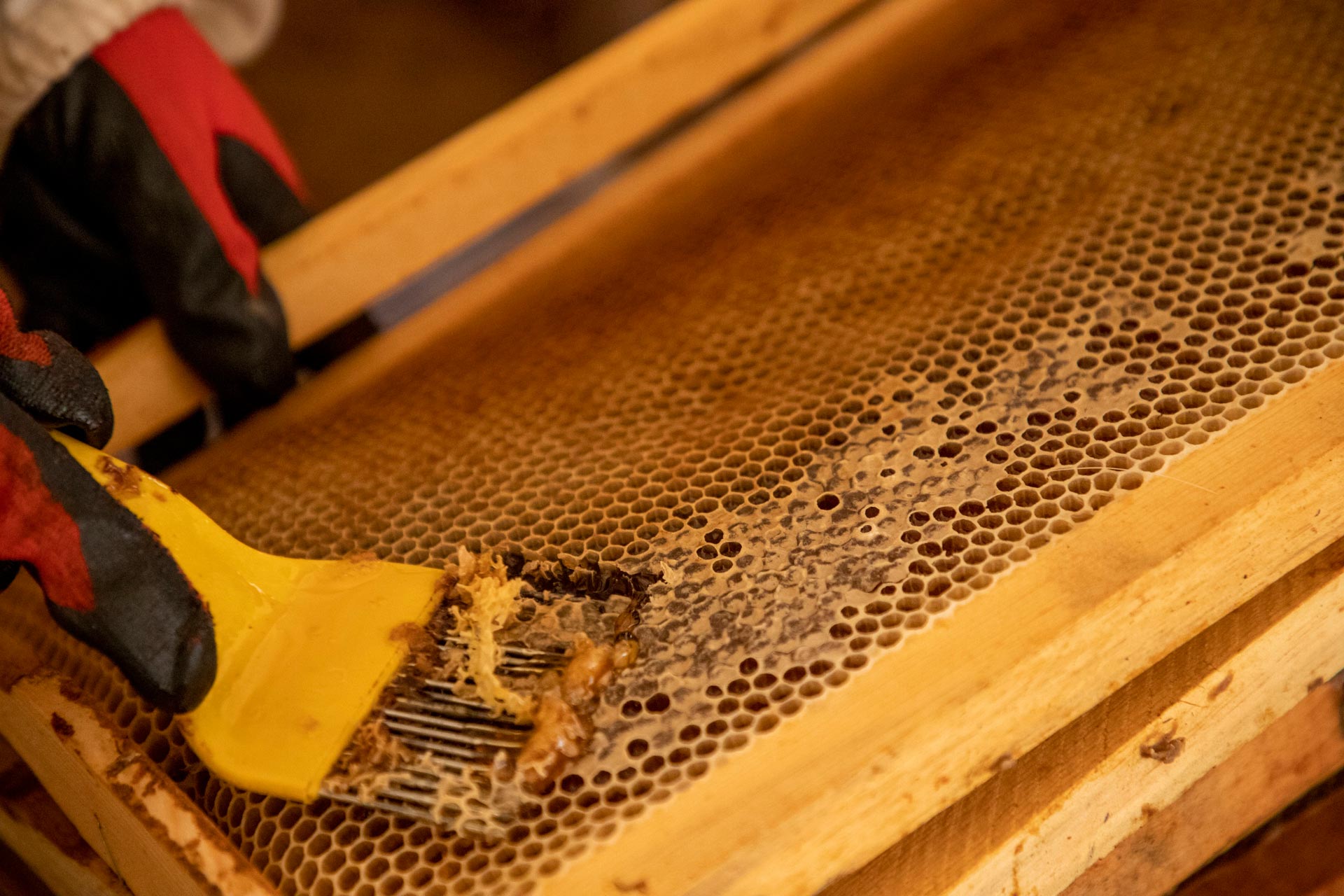
ORIENT news

